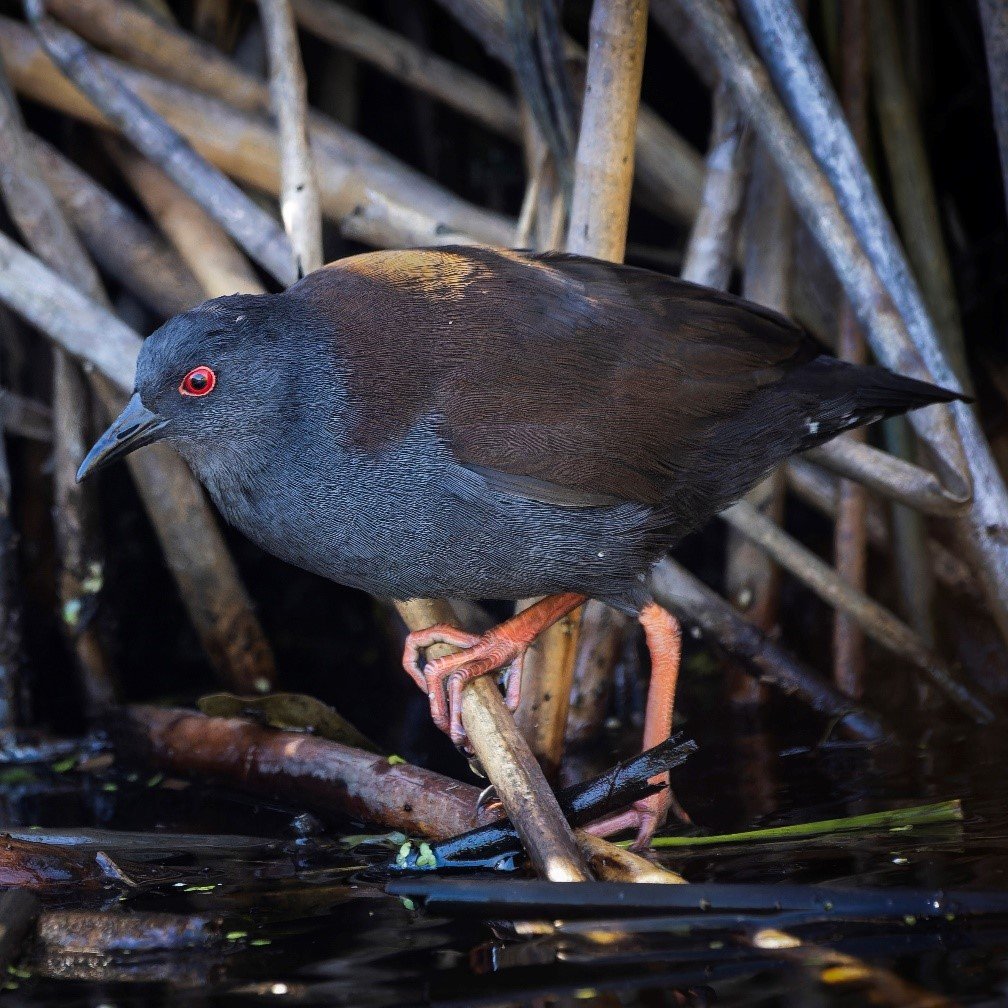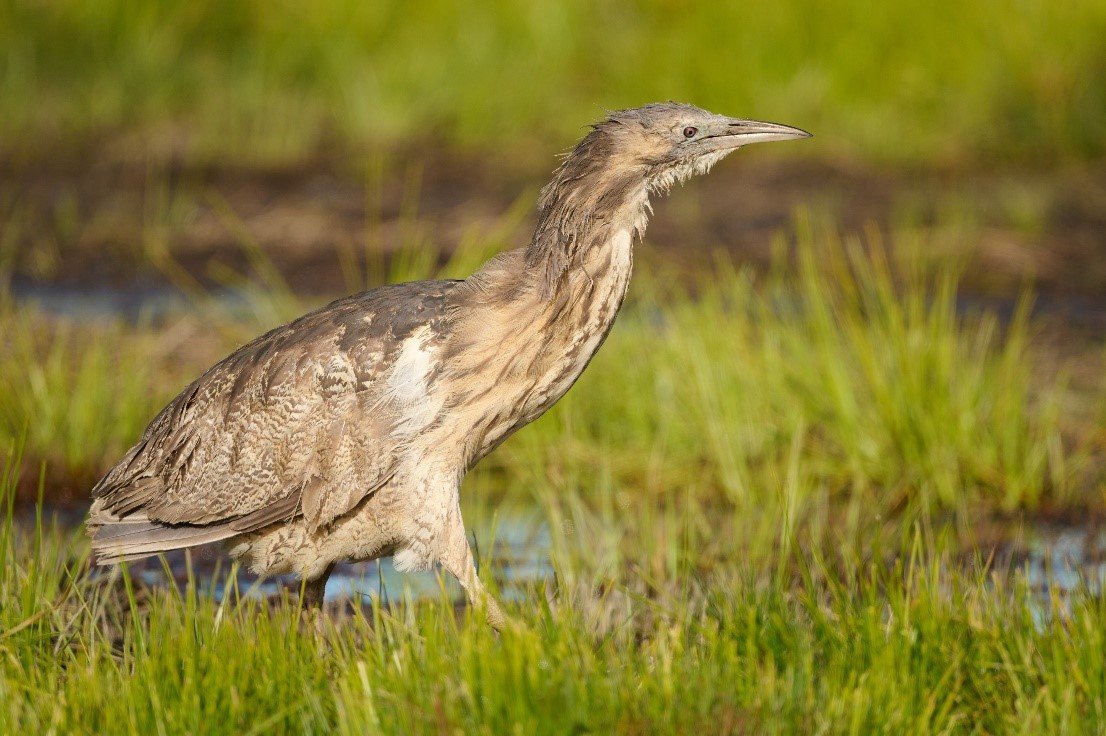The public is being asked to report sightings of rare and elusive birds.
Otago Regional Council (ORC) terrestrial ecologist Scott Jarvie said researchers wanted to establish the distribution of the Otago matuku-hurepo (Australasian bittern) and the puweto (spotless crake).
Both had been identified during the first year of a fiveyear study by the ORC, Birds New Zealand, the Department of Conservation – Te Papa Atawhai, Otago University and the Forest and Bird Society.
The researchers were now asking the public to report sightings of the rare and elusive birds to establish their distribution around the region, Dr Jarvie said.
It was now rare to see matuku-hurepo as their numbers had greatly declined following the destruction of 90% of their wetland habitat.
The matuku-hurepo was a rare, large wetland bird which was hardly ever seen. It was a shy and secretive species that blended into its surroundings in a difficult to access habitat, he said.
Puweto (spotless crake) were discovered in a new Otago location when the researchers were looking for matuku-hurepo.

Matuku-hurepo were classified as nationally critical, the same threat classification as kakapo and tuturiwhatu or rako (southern New Zealand dotterel), and the puweto was listed as at risk –declining.
During the past first year of the study, matuku-hurepo were recorded near Queenstown as well as in The Catlins.
Birds New Zealand representative Mary Thompson said during the matuku-hurepo breeding season from August to December, adult males made a distinctive booming call, likened to blowing over the top of a bottle, making a ‘vroom, vroom’ sound, mainly around dusk and dawn.
Department of Conservation – Te Papa Atawhai technical adviser Bruce McKinlay said any sighting of matuku-hurepo should be reported to bitterns. [email protected] or birds. [email protected]
Forest and Bird Tautuku restoration project manager Francesca Cunninghame said puweto were discovered in The Catlins late last year. It was the first verified record of them in that part of Otago.
A further survey is planned for later in the year to try to get a better estimate of numbers, she said.





